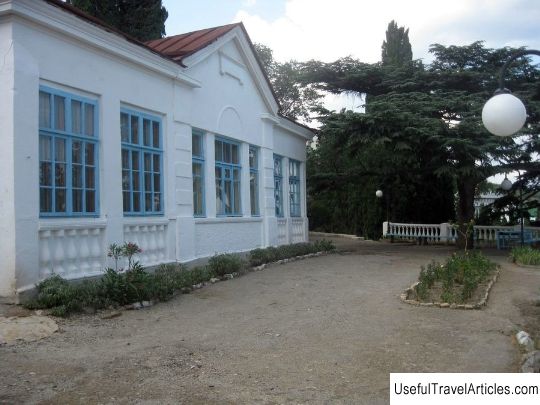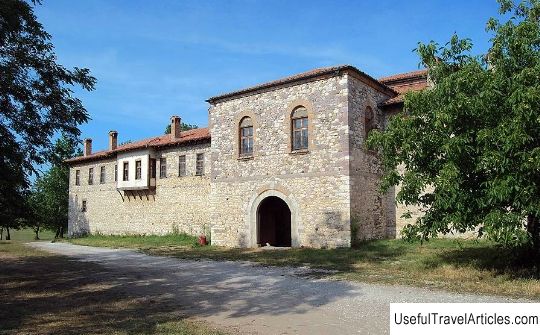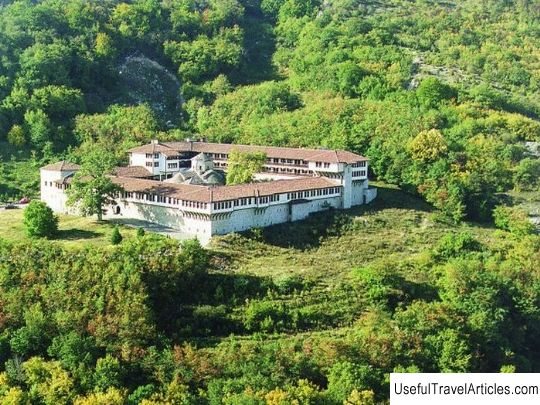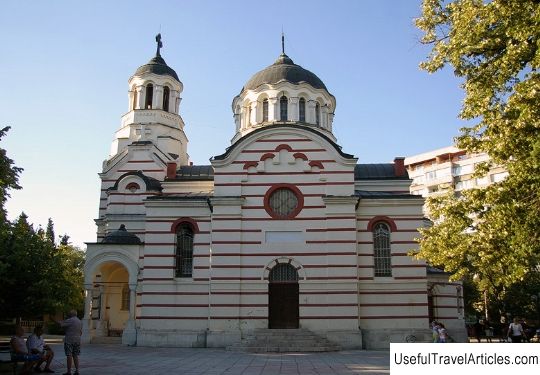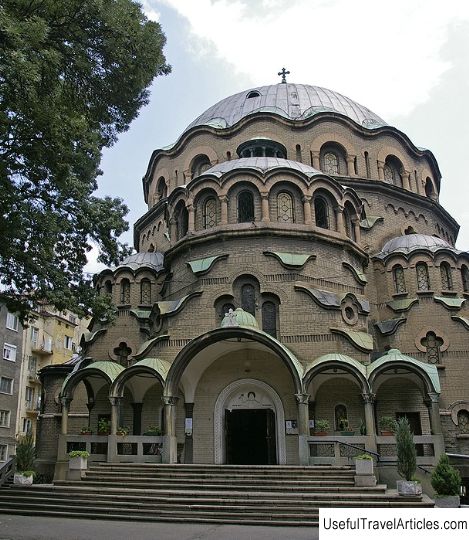Muldava Monastery of St. Paraskeva Friday description and photos - Bulgaria: Asenovgrad
Rating: 8,5/10 (576 votes) 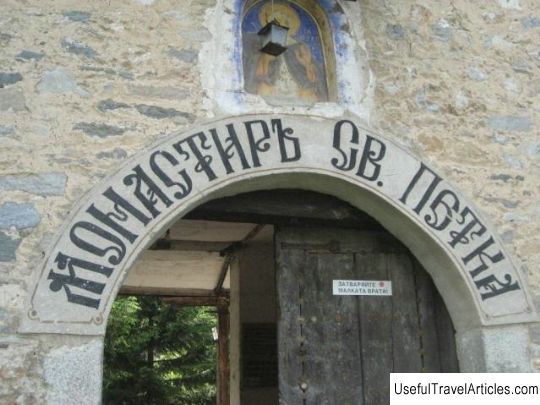
Muldava Monastery of St. Paraskeva Friday description and photos - Bulgaria: Asenovgrad. Detailed information about the attraction. Description, photos and a map showing the nearest significant objects. Photo and descriptionThe Muldava Monastery of St. Paraskeva Pyatnitsa is located in the Western Rhodope Mountains, about 2.5 km southwest of the village of Muldava and 4 km southeast of the town of Asenovgrad. The monastery was founded in the XIV century, but was soon devastated by the advancing Ottoman troops. Like most monasteries in this area, it was built in close proximity to an ancient healing spring. During the Ottoman slavery, the monastery was repeatedly destroyed. For example, she fell victim to Turkish religious fanaticism in 1666. The last time the monastery was restored was in 1836 under the leadership of Hegumen Antim. Then the present cathedral church and residential buildings were built. During the Renaissance, the Muldava monastery became an important book center. A large library was located here, in the funds of which many rare ancient manuscripts were kept. It was subsequently plundered and destroyed. Until 1888, a school operated in the monastery. The monastery complex consists of a two-storey building with a semi-open upper floor. The buildings and a spacious courtyard are surrounded by a high wall on all sides. In the center of the courtyard there is a cathedral church with a high bell tower. The Orthodox church, built in 1836, is a large three-nave, domeless pseudo-basilica with one apse and a vestibule, to which a bell tower is attached to the southwest side. Of particular interest is the open arcade gallery of five arches supported by seven four-sided columns. In 1840 the church was painted by Tryavno artists - K. Zakhariev and his sons Peter and Georgy. Since then, the walls, vaults and arched openings of the gallery have been decorated with paintings depicting Saints Cyril and Methodius; inside the temple, the painters captured Clement of Orchid, Naum Preslavsky, Euthymius and Theodosius of Tarnovsky and others, on the eastern wall - the imposing composition "The Last Judgment", and on the northern and southern walls - the paintings "Creation of the World", "Apocalypse", "Acts of the Apostles". In 1888, 20 meters from the monastery complex, a small building was built over a healing spring. In 1946, the church collapsed, only the western wall with the vestibule and the arcade survived. In 1951 it was completely restored.      We also recommend reading House-Museum of Federico Garcia Lorca (Casa-Museo de Federico Garcia Lorca) description and photos - Spain: Granada Topic: Muldava Monastery of St. Paraskeva Friday description and photos - Bulgaria: Asenovgrad. |
